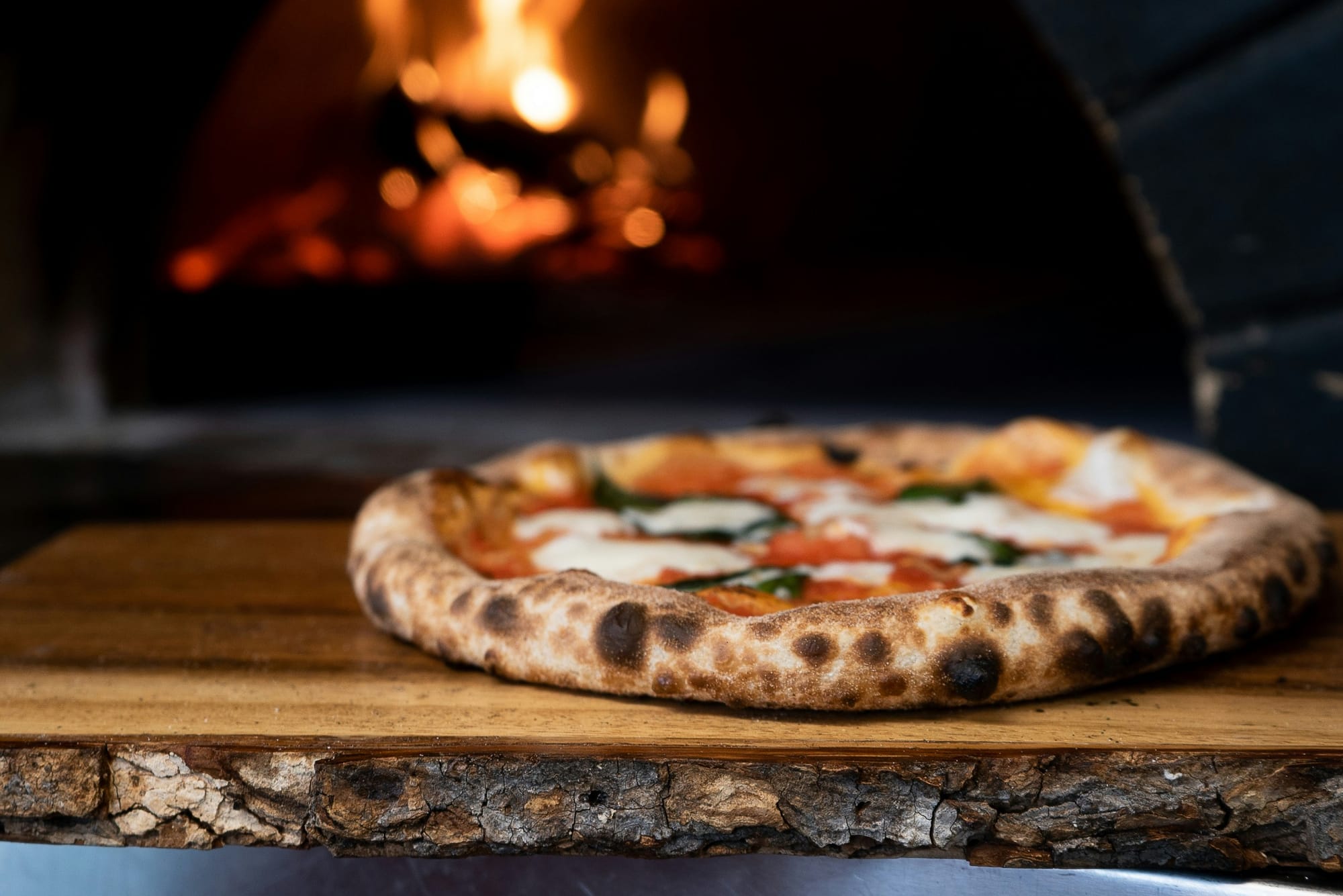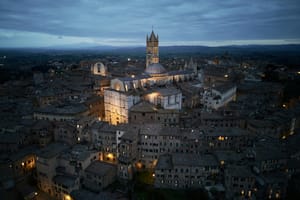To speak of “Italian food” is to speak a language of delightful simplification. In reality, a singular Italian cuisine doesn’t exist. Instead, what one finds is a magnificent culinary tapestry woven from 20 distinct regional identities, each with its own history, dialect, and, most importantly, its own kitchen. This diversity is the heart of Italy’s gastronomic soul, shaped by millennia of history, varied geography, and the deeply ingrained principle of campanilismo—a fierce pride in one’s own bell tower, or hometown.
Understanding this regionality is the key to unlocking an authentic Italian experience. It transforms a simple meal into a cultural immersion and a trip into a true journey of discovery. This guide serves as a map to navigate the flavors of the peninsula, from the Alpine dairy farms of the north to the sun-drenched coasts of the south.
Here is a region-by-region exploration of Italy's unparalleled landscape.
The culinary North: a realm of butter, rice & cured meats
Northern Italy, with its proximity to the Alps and continental Europe, showcases a cuisine of richness and substance. Butter often replaces olive oil, rice for risotto rivals pasta, and complex cured meats are an art form.
1. Valle d'Aosta
Nestled in the Alps, this small, French-influenced region offers hearty mountain fare.
- Culinary Identity: Robust, cheese-forward, and designed to fuel days in the cold mountain air.
- Key Dishes: Polenta Concia (polenta enriched with butter and melted cheese), Carbonade (salt-cured beef stewed in red wine), Costolette alla Valdostana (veal cutlet with fontina and ham).
- Essential Products: Fontina DOP, the undisputed king of local cheeses, with a nutty, earthy flavor. Lard d'Arnad DOP, a delicately cured lard seasoned with mountain herbs.
- Wine Pairing: A crisp white from the Prié Blanc grape.
2. Piedmont (Piemonte)
A region of regal elegance and culinary royalty, home to some of Italy's most prized ingredients.
- Culinary Identity: Sophisticated and complex, celebrating world-class wines, truffles, and rich meats.
- Key Dishes: Agnolotti del Plin (small, pinched pasta often filled with roasted meats), Vitello Tonnato (chilled, thinly sliced veal with a creamy tuna and caper sauce), Bagna Càuda (a warm "hot bath" of garlic, anchovies, and olive oil for dipping raw vegetables).
- Essential Products: The revered White Truffle of Alba, IGP hazelnuts, and cheeses like Castelmagno.
- Wine Pairing: The powerful and iconic reds: Barolo and Barbaresco.
3. Liguria
Suspended between mountains and the sea, Liguria's cuisine is vibrant, herbaceous, and deeply Mediterranean.
- Culinary Identity: Aromatic and simple, defined by herbs, foraged greens, and fresh seafood.
- Key Dishes: Trofie al Pesto (short, twisted pasta with the original basil pesto), Focaccia di Recco (a paper-thin, cheese-filled flatbread), Cima alla Genovese (veal breast stuffed with vegetables, herbs, and cheese).
- Essential Products: Basilico Genovese DOP, Taggiasca olives, and high-quality extra virgin olive oil.
- Wine Pairing: A saline Vermentino or a zesty Pigato.
4. Lombardy (Lombardia)
The industrious and cosmopolitan heart of the north, with a cuisine that is both urbanely sophisticated and rustically satisfying.
- Culinary Identity: Rich and diverse, famous for its risottos, stuffed pastas, and world-renowned cheeses.
- Key Dishes: Risotto alla Milanese (creamy saffron risotto, often served with ossobuco), Cotoletta alla Milanese (a bone-in, breaded veal cutlet), Pizzoccheri della Valtellina (buckwheat pasta with potatoes, cabbage, and cheese).
- Essential Products: Gorgonzola DOP, Grana Padano DOP, Panettone, and cured meats like Bresaola della Valtellina IGP.
- Wine Pairing: A sparkling Franciacorta or a bold red from Valtellina made with the Nebbiolo grape.
5. Trentino-Alto Adige
A stunning alpine region with a dual Italian-Austrian soul, reflected directly in its food.
- Culinary Identity: A fusion of Italian and Germanic traditions, featuring dumplings, smoked meats, and crisp apples.
- Key Dishes: Canederli (bread dumplings, often served in broth or with melted butter), Strangolapreti (spinach and bread gnocchi), Apple Strudel.
- Essential Products: Speck Alto Adige IGP (a uniquely smoked and cured ham), local apples, and a variety of mountain cheeses.
- Wine Pairing: A mineral-driven Gewürztraminer or a light, aromatic Schiava.
6. Veneto
From the canals of Venice to the foothills of the Dolomites, Veneto's cuisine is uniquely diverse.
- Culinary Identity: Varied and refined, famous for risotto, seafood from the lagoon, and the beloved tradition of cicchetti.
- Key Dishes: Risi e Bisi (a simple yet classic rice and pea soup), Fegato alla Veneziana (calf's liver with caramelized onions), Tiramisù (which claims its origins here).
- Essential Products: Radicchio Rosso di Treviso IGP, Asiago DOP cheese, and Pandoro from Verona.
- Wine Pairing: A celebratory Prosecco Superiore DOCG or a rich Amarone della Valpolicella.
7. Friuli-Venezia Giulia
A crossroads of Italian, Slavic, and Austro-Hungarian cultures, creating a truly unique culinary identity.
Culinary Identity: Eclectic and distinctive, celebrated for its superb white wines, unique cured ham, and central European-influenced dishes.
- Key Dishes: Frico (a crisp or soft pancake of fried cheese and potatoes), Jota (a hearty soup of beans, sauerkraut, and potatoes), various gnocchi preparations.
- Essential Products: The sweet and delicate Prosciutto di San Daniele DOP, Montasio cheese.
- Wine Pairing: World-class whites like Friulano, Ribolla Gialla, or Pinot Grigio.
8. Emilia-Romagna
Widely considered the gastronomic heart of Italy, a land of unrivaled culinary treasures.
- Culinary Identity: Rich, indulgent, and painstakingly traditional. The home of fresh egg pasta and Italy's most famous products.
- Key Dishes: Tagliatelle al Ragù (the original "Bolognese" sauce), Tortellini in Brodo (small stuffed pasta in a rich broth), Lasagne Verde alla Bolognese.
- Essential Products: Parmigiano Reggiano DOP, Prosciutto di Parma DOP, Aceto Balsamico Tradizionale di Modena DOP, Mortadella Bologna IGP.
- Wine Pairing: A sparkling, food-friendly Lambrusco or a robust Sangiovese di Romagna.
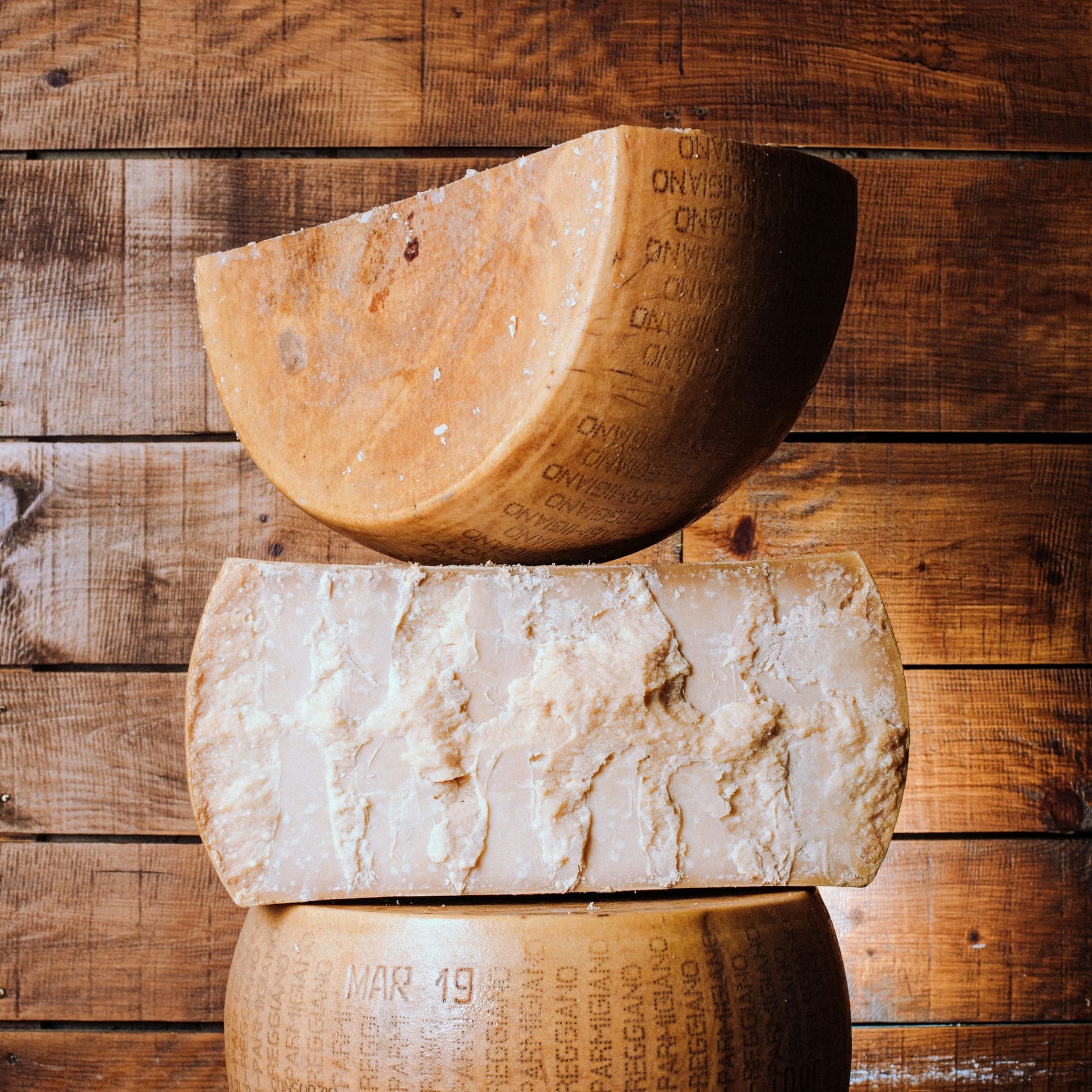
The heartland of Italy: legumes, olive oil & ancient grains
Central Italy is the bridge between north and south. The cuisine is rustic and grounded, relying on the high-quality olive oil, legumes, and grains produced by its rolling hills.
9. Tuscany (Toscana)
The iconic image of Italy, with a cuisine based on simplicity, quality, and respect for ingredients.
- Culinary Identity: Rustic and ingredient-focused, celebrating high-quality beans, bread, olive oil, and grilled meats.
- Key Dishes: Bistecca alla Fiorentina (a thick-cut, grilled T-bone steak), Pappa al Pomodoro (a thick bread and tomato soup), Ribollita (a hearty vegetable and bread soup).
- Essential Products: Exceptional extra virgin olive oil, Pecorino Toscano DOP, and cured meats like Finocchiona.
- Wine Pairing: The quintessential Italian red, Chianti Classico, or a prestigious Brunello di Montalcino.
10. Umbria
"The Green Heart of Italy," Umbria offers an earthy cuisine rooted in the land.
Culinary Identity: Pastoral and savory, renowned for its black truffles, cured pork, and lentils.
- Key Dishes: Strangozzi al Tartufo Nero (long, squared pasta with black truffle), Porchetta (a whole deboned pig, stuffed with herbs and roasted), Lentil soup from Castelluccio.
- Essential Products: The prized Black Truffle of Norcia, Lenticchie di Castelluccio di Norcia IGP, and a masterful array of cured meats known as norcineria.
- Wine Pairing: A powerful Sagrantino di Montefalco red or a crisp Grechetto white.
11. Marche
A diverse region on the Adriatic coast, with a culinary personality split between sea and mountains.
- Culinary Identity: A "surf and turf" cuisine, masterfully combining seafood with agricultural products from the hinterland.
- Key Dishes: Olive all'Ascolana (large olives stuffed with meat, then breaded and fried), Brodetto all'Anconetana (a rich seafood stew with 13 types of fish), Vincisgrassi (a rich, layered pasta bake).
- Essential Products: Ciauscolo IGP (a soft, spreadable pork sausage), Maccheroncini di Campofilone pasta.
- Wine Pairing: A refreshing and mineral-driven Verdicchio dei Castelli di Jesi.
12. Lazio
The region of Rome, offering a cuisine that is bold, direct, and deeply satisfying.
- Culinary Identity: Powerful and pragmatic, built on a foundation of pasta, offal (quinto quarto), and sharp pecorino cheese.
- Key Dishes: The "Roman Pasta Trinity": Carbonara (egg, guanciale, pecorino, black pepper), Amatriciana (guanciale, pecorino, tomato), and Cacio e Pepe (pecorino and black pepper). Also Saltimbocca alla Romana (veal with prosciutto and sage).
- Essential Products: Guanciale (cured pork jowl), Pecorino Romano DOP, and artichokes (carciofi).
- Wine Pairing: A crisp white Frascati or a red Cesanese del Piglio.
13. Abruzzo
A wild, mountainous region where pastoral traditions dictate the menu.
- Culinary Identity: Robust and rustic, a perfect balance of mountain lamb and coastal fishing traditions.
- Key Dishes: Arrosticini (skewers of grilled mutton), Maccheroni alla Chitarra (pasta cut on a stringed box, often served with a lamb ragù), Brodetto di Pesce (a local fish stew).
- Essential Products: Saffron from L'Aquila, Pecorino d'Abruzzo, and Ventricina salami.
- Wine Pairing: A full-bodied Montepulciano d'Abruzzo or a bright Trebbiano.
14. Molise
Italy's second smallest region, Molise is a hidden gem with a simple, undiscovered cuisine.
- Culinary Identity: Wholesome and traditional, deeply tied to agriculture and shepherding.
- Key Dishes: Cavatelli (small, hollow pasta often with broccoli or pork ragù), Pampanella (pork loin marinated in chili and baked).
- Essential Products: Caciocavallo di Agnone cheese, local olive oils, and a variety of legumes.
- Wine Pairing: The local red Tintilia del Molise.
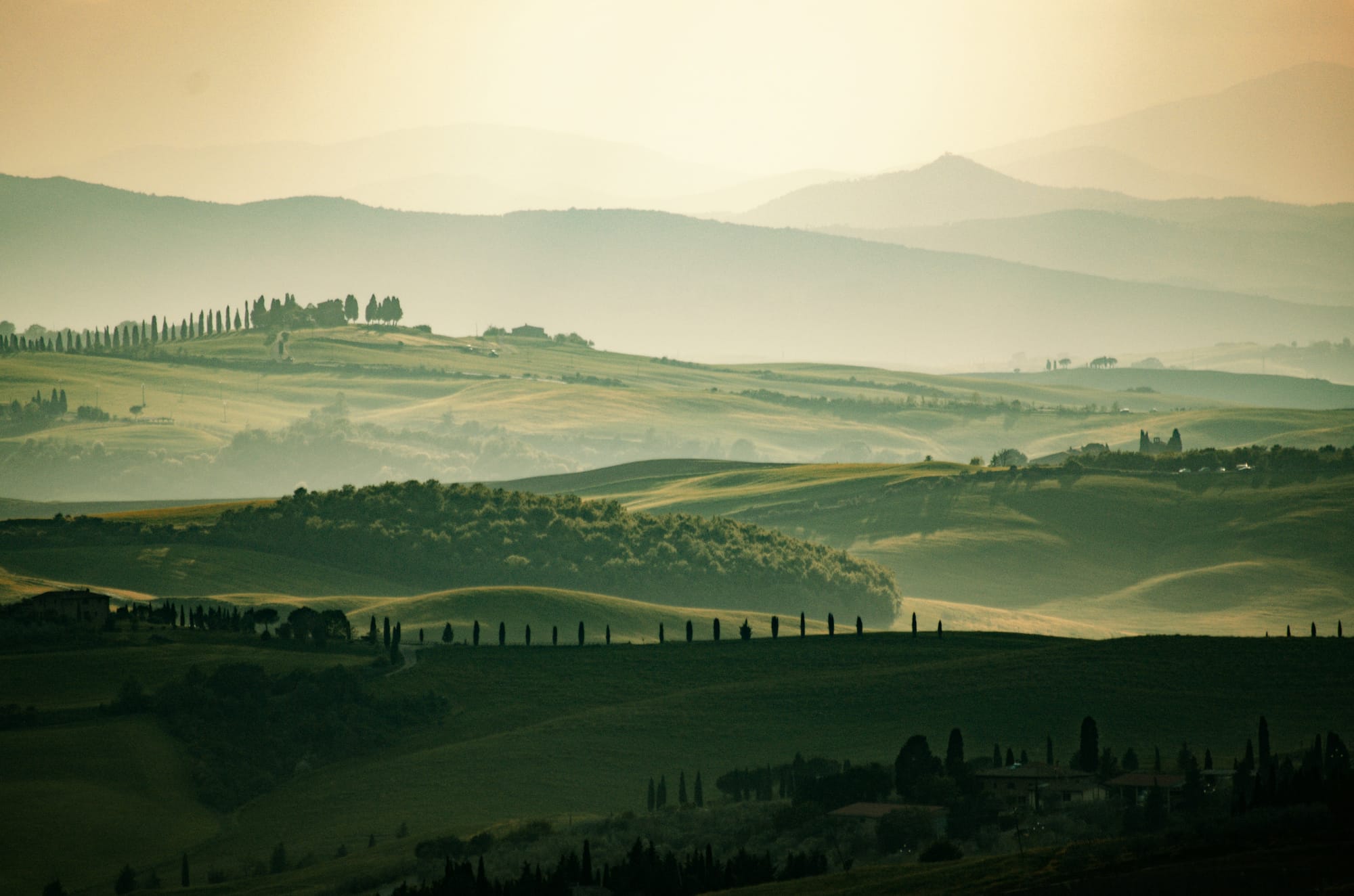
The sun-drenched south: where tomatoes, seafood & passion reign
Southern Italy and the islands are bathed in sunlight. The cuisine is vibrant, relying heavily on the bounty of the Mediterranean Sea, sun-ripened vegetables, and ancient durum wheat. Olive oil is the undisputed king.
15. Campania
The glorious region of Naples, the Amalfi Coast, and culinary icons known worldwide.
- Culinary Identity: Joyful and explosive in flavor, the birthplace of pizza and home to superlative tomatoes and mozzarella.
- Key Dishes: The one and only Pizza Napoletana, Spaghetti alle Vongole (with clams), Parmigiana di Melanzane (eggplant parmesan).
- Essential Products: Mozzarella di Bufala Campana DOP, Pomodoro San Marzano dell'Agro Sarnese-Nocerino DOP, and lemons from Sorrento and Amalfi.
- Wine Pairing: A coastal white like Fiano di Avellino or Falanghina, or a volcanic red like Aglianico.
16. Puglia
The "heel" of Italy's boot, a region of ancient olive groves, stunning coastlines, and a vegetable-forward cuisine.
- Culinary Identity: Generous and rustic, focused on vegetables, handmade pasta, and fresh seafood.
- Key Dishes: Orecchiette con le Cime di Rapa (ear-shaped pasta with turnip tops), Tiella (a baked dish of rice, potatoes, and mussels), Fave e Cicoria (fava bean purée with wild chicory).
- Essential Products: Exceptional extra virgin olive oil, Burrata di Andria IGP, Pane di Altamura DOP.
- Wine Pairing: A robust Primitivo or a dark Negroamaro.
17. Basilicata
A rugged, ancient land between Puglia and Calabria, home to the stunning city of Matera.
- Culinary Identity: Simple and peasant-based, with a focus on dried peppers, wheat, and lamb.
- Key Dishes: Pasta con i Peperoni Cruschi (pasta with crisp, sun-dried sweet peppers), Lagane e Ceci (wide pasta with chickpeas), Pignata (mutton stew slow-cooked in a clay pot).
- Essential Products: Peperoni Cruschi di Senise IGP, Pane di Matera IGP.
- Wine Pairing: The noble red of the south, Aglianico del Vulture.
18. Calabria
The "toe" of the boot, a region of fiery flavors and dramatic coastlines.
- Culinary Identity: Spicy, intense, and pork-centric, defined by the liberal use of chili pepper.
- Key Dishes: Fileja con la 'Nduja (local pasta with a spicy, spreadable pork sausage), Pesce Spada alla Ghiotta (swordfish with tomatoes, olives, and capers).
- Essential Products: The legendary 'Nduja di Spilinga, Cipolla Rossa di Tropea IGP (sweet red onions), and Bergamot citrus.
- Wine Pairing: A full-bodied red made from the Gaglioppo grape, like Cirò.
19. Sicily (Sicilia)
An island at the crossroads of history, with a cuisine that bears the marks of Greek, Arab, Norman, and Spanish rule.
- Culinary Identity: A complex and layered fusion of cultures, featuring sweet and sour flavors, exquisite seafood, and legendary street food.
- Key Dishes: Pasta alla Norma (pasta with eggplant, tomato, and salted ricotta), Arancini (fried rice balls), Caponata (a sweet and sour vegetable stew), Cannoli.
- Essential Products: Pistacchio di Bronte DOP, Pachino tomatoes, Modica chocolate, and salt from Trapani.
- Wine Pairing: A fresh Nero d'Avola red or a volcanic white from Mount Etna.
20. Sardinia (Sardegna)
A fiercely independent island with a cuisine that is distinctly its own, split between the traditions of coastal fishermen and inland shepherds.
- Culinary Identity: Ancient and proud, with a strong pastoral heart and unique seafood delicacies.
- Key Dishes: Porceddu (suckling pig roasted on a spit), Fregola con le Arselle (a couscous-like pasta with clams), Culurgiones (a braided pasta often filled with potato and mint).
- Essential Products: Pecorino Sardo DOP, Pane Carasau (a thin, crisp flatbread), and Bottarga (cured mullet roe).
- Wine Pairing: A robust Cannonau red or a crisp, slightly bitter Vermentino di Sardegna.
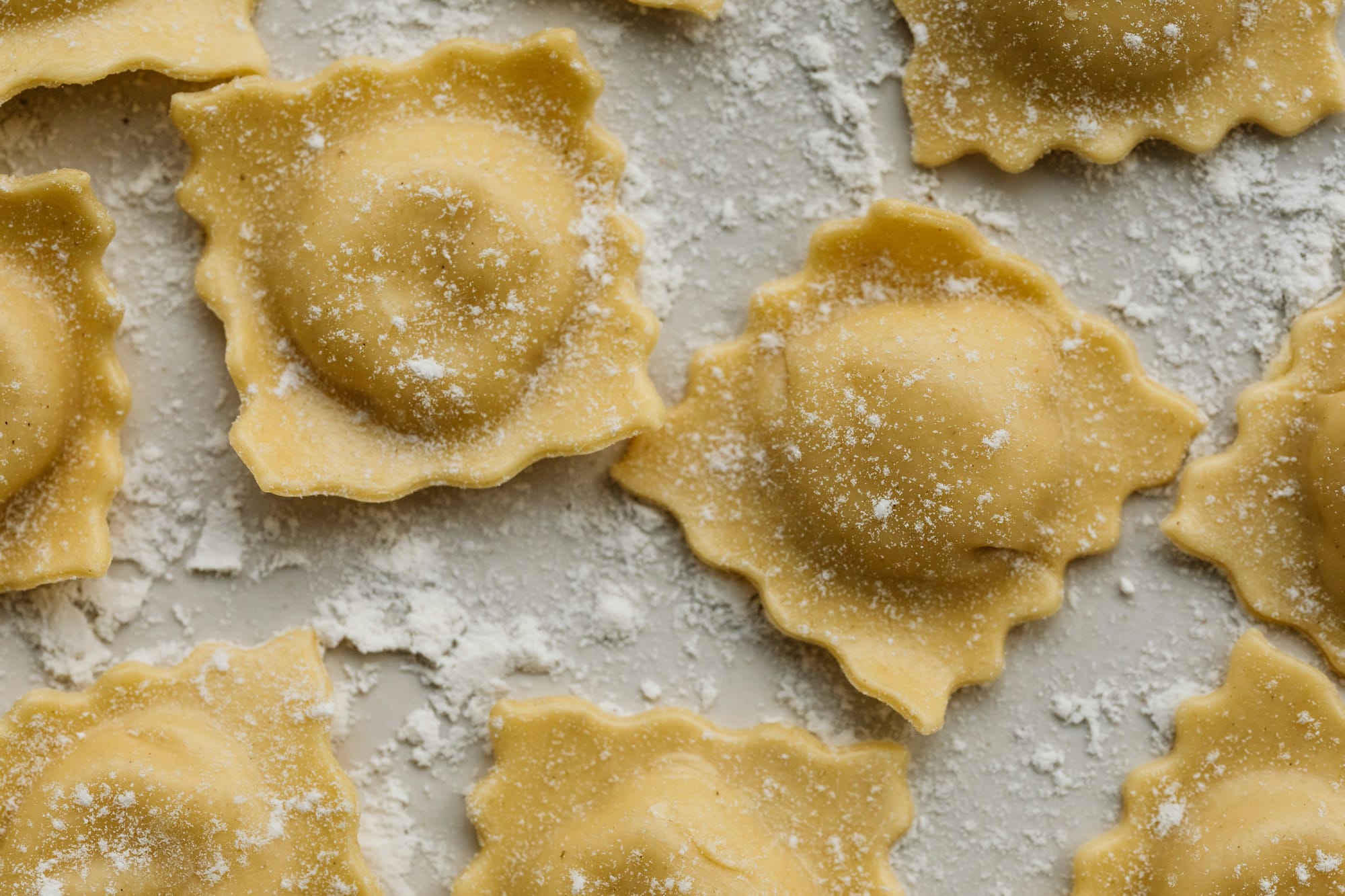
Crafting a culinary itinerary
This journey through Italy's 20 regions reveals a fundamental truth: to eat in Italy is to taste its geography, its history, and its very soul. When planning an itinerary, consider combining regions to experience this diversity firsthand. A trip through Emilia-Romagna and Tuscany offers a study in contrasts between rich indulgence and rustic simplicity. A journey from Campania through Calabria to Sicily is an exploration of the vibrant, sun-drenched flavors of the south.
Look for products labeled DOP (Denominazione di Origine Protetta) and IGP (Indicazione Geografica Protetta). These designations are a guarantee of authenticity and quality, ensuring the product is inextricably linked to a specific place. Most importantly, eat seasonally. The menu in Italy is a living document, changing with what is fresh and best at that moment.
This guide is more than a list; it is a map. It is an invitation to look beyond the famous dishes and discover the deeper stories they tell. It is the starting point for a journey that satisfies not just the appetite, but the soul.
